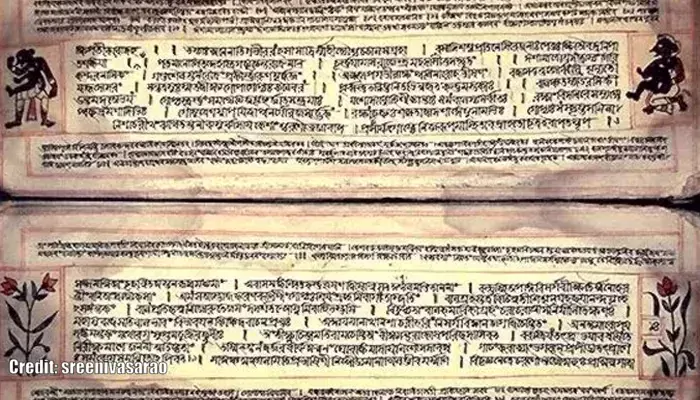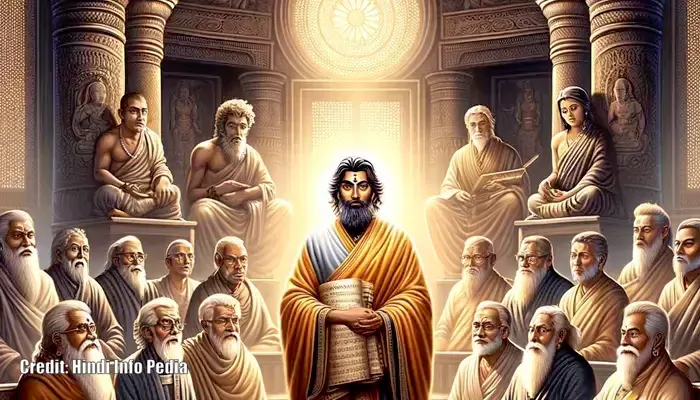
Centuries before algorithms and syntax trees, Paṇini built a language machine with no wires — only words, logic, and astonishing precision.
Long before linguists sat at desks with keyboards and code, an ancient scholar from Gandhāra — in what is now northwest PAK — quietly laid the foundations of modern language science.
His name was Paṇini, a man born around 350 BCE, and though his dates remain debated, his genius is undisputed. He didn’t wear a lab coat or work in a library. Instead, he used sutras (concise Sanskrit formulas) to unlock the inner workings of language.
He came from Salatura, near the banks of the Indus and Kabul rivers. While little is known about his personal life, his legacy resonates through every grammar classroom and algorithmic language model today.
Paṇini’s most significant work, the Aṣṭadhyayi, is not merely a book of grammar rules. It serves as a blueprint. Comprising nearly 4,000 rules written in a concise and technical style, the treatise doesn’t explain grammar like a textbook; it constructs the language. In other words, feed it a root word, and it tells you precisely how to shape it into a correct sentence.
The text employs a metalanguage — a type of linguistic coding system — to organise syntax, morphology, and semantics. With meticulous precision, Paṇini devised a self-contained, rule-based system that resembles today’s computer programming logic. Linguists centuries later would marvel at how he anticipated modern theories of language, structure, and even machine learning.

Paṇini didn’t work in isolation. He built upon the work of earlier scholars, citing at least ten grammarians who came before him. However, his work eclipsed them all, not just within the Sanskrit tradition but across other cultures as well.
When 19th-century European scholars finally discovered the Aṣṭadhyayi, it had a significant impact on Western academia. Ferdinand de Saussure, a Swiss linguist recognised as the father of structuralism, studied Sanskrit for many years and was influenced by its methodology. Leonard Bloomfield, the pioneer of American structural linguistics, followed suit.
It was as if a forgotten instruction manual had been rediscovered—only this one had been written 2,000 years before modern linguistics began.

What made Paṇini unique was not just his understanding of language but also how he managed it. He saw grammar as a system, using a structure comparable to a Turing machine, a conceptual model that underpins modern computing.
By assigning specific roles to sounds, syllables, and roots and organising them through conditional logic, he achieved what most scholars of his era could only dream of: a formal system explaining how language functions from the inside out. He even used auxiliary symbols, similar to modern computer languages, to control how rules are applied.
Some scholars believe this approach was more advanced than any Western system until the 20th century. It was as though he perceived the shape of logic long before the world built the tools to explore it.
Despite his significant influence, Paṇini’s name often does not feature in mainstream history. He was neither a conqueror nor a king. He did not compose plays or poetry. However, he shaped the very structure of classical Sanskrit — the language of science, philosophy, and poetry in India for almost two thousand years.
His system remains studied, admired, and still not fully understood. Scholars and students continue to debate his rules, explore his methods, and apply his framework to modern language analysis.